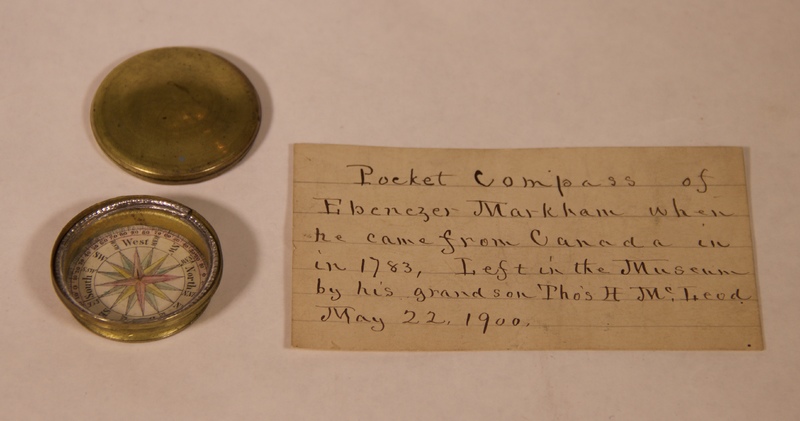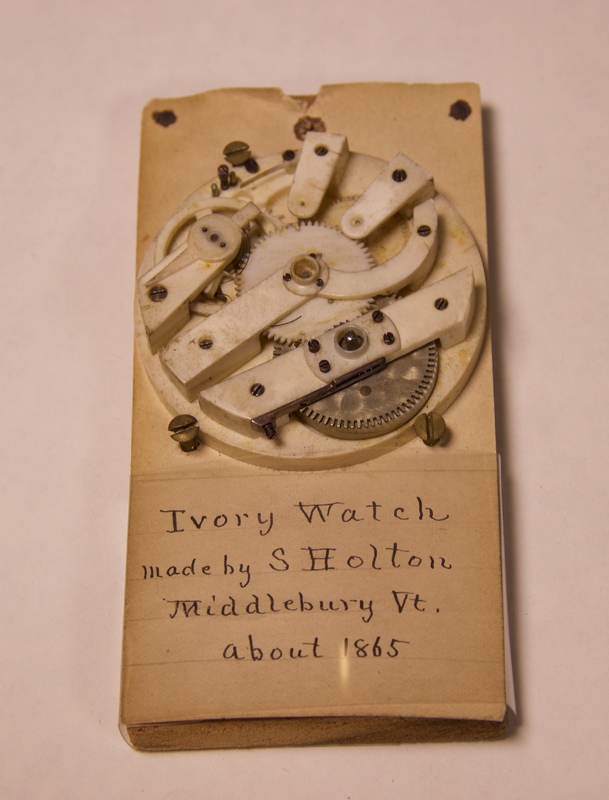Why does it matter now?
Although this particular compass has survived for almost two hundred fifty years and has a mysterious backstory, 21st American century audiences would probably still yawn after thinking about it for more than ten seconds. Though the compass was at one point a vital form of navigation and an essential tool for explorers, most Americans today would ask if this little device was the same thing as the compass app on their smartphone. Unlike other items in the Sheldon Collection, this isn’t a mechanical marvel or an alternative art form, it is simply a pocket compass. However, something about that little device was worthy of Henry Sheldon’s collection, and that makes it worth considering, even for too-busy-to-look-at-museums 21st-century folks.
As a self-made man without the backing of any major museums or even a university education, Sheldon did his best to give his visitors a peek into a “cabinet of curiosities”, a seemingly disparate collection of items (Sheldon). Though today, the some of the items in Sheldon’s collection might seem mundane and ordinary, during the 19th-century, people may have viewed them differently. For example, the ivory watch face, at the time, represented an impressive technological marvel, but as time went on, no longer seems as magical (“19th century ivory and metal clock”). For all the twenty-first century readers- picture Tim Cook explaining a new iPhone and the multitudes of new features- nothing short of modern magic. Once something has been well examined and easily explainable, it loses some of the wonder it once held. But some parts of Sheldon’s collection maintain their value over time, such as the various autographs Sheldon obtained during the Civil War (Sheldon). Though the war was long ago, students in America still study it, and the signatures still have meaning to a contemporary audience, as do the rest of the items, albeit in a more nuanced way.


